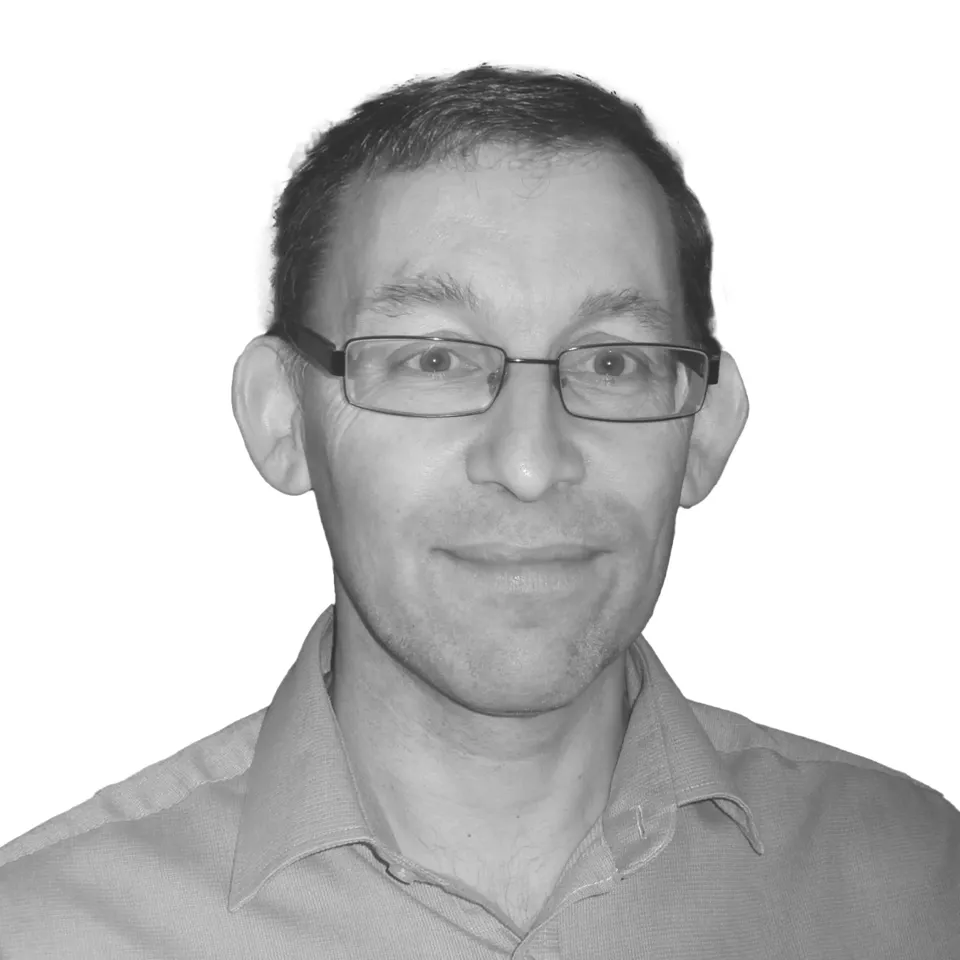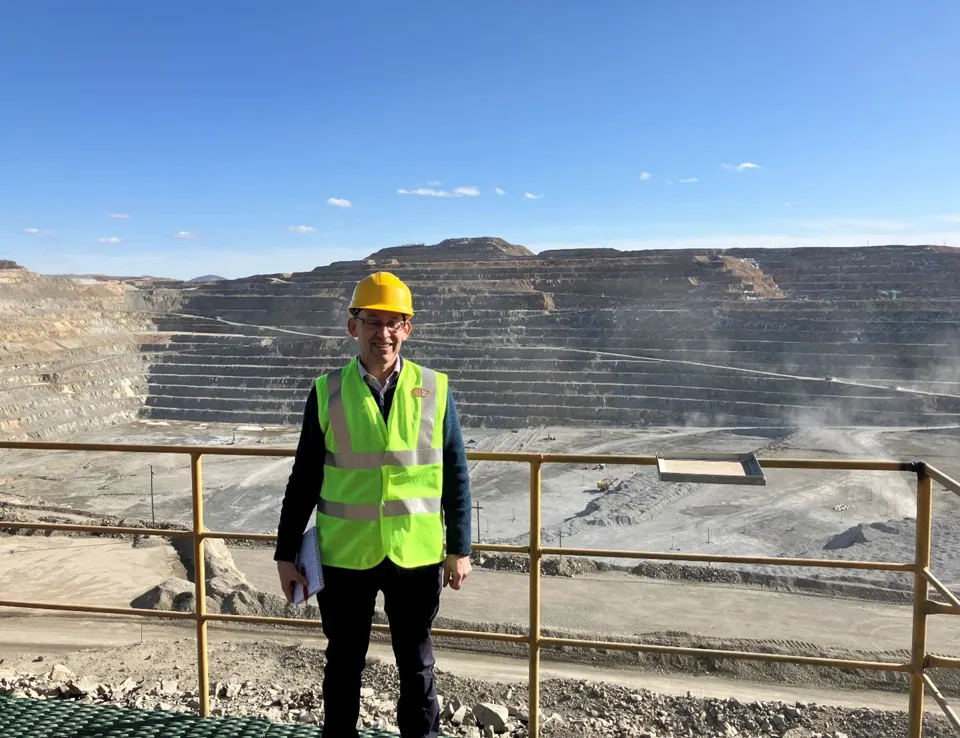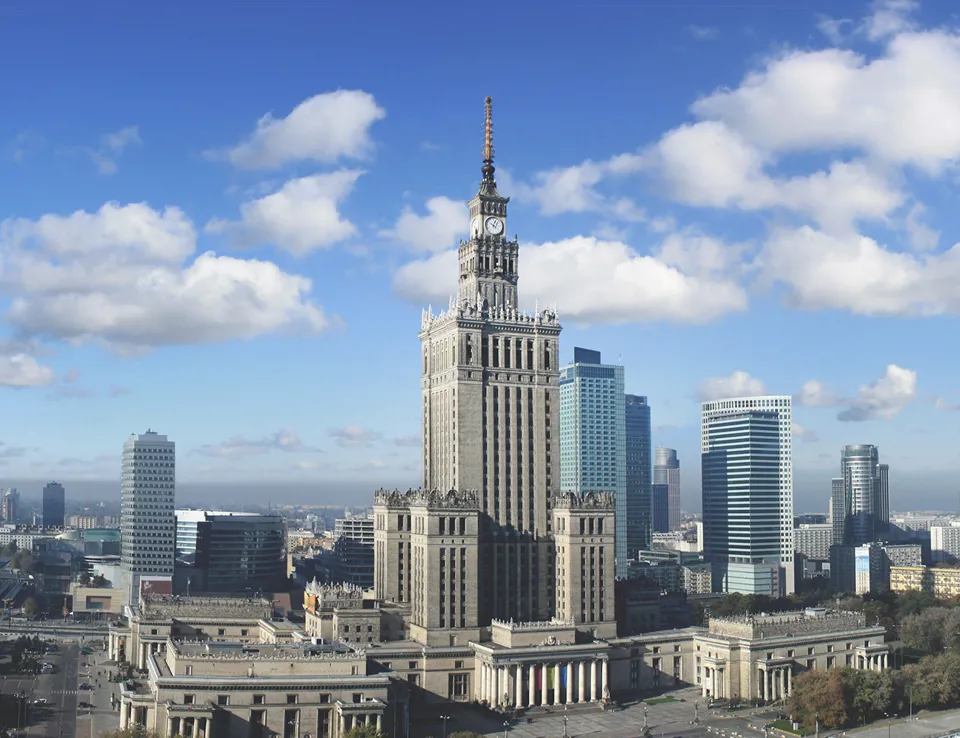Erdenet's Air Quality Action Plan
30 Sep 2024
The fortunes of Erdenet in northern Mongolia have always been intrinsically tied to those of the vast copper mine situated a few kilometres to its east.
Indeed, this city of around 100,000 inhabitants owes its existence to the mine, having been founded in 1974 to support the mine’s growth into one of the largest of its kind in the world.
The ore-mining complex has brought jobs – it employs around 8,000 people – road and rail connections, and national clout (the mine is said to account for 13% of Mongolia's GDP).
But it has also brought ‘white dust’, a by-product of the extraction of copper ore from mined rock. The dust is formed when the residues from the separation process are deposited in a nearby lagoon. As the water evaporates, a fine white powder is left behind. This is subsequently dispersed by the wind and settles on the city’s rooftops and pavements.
The source of the dust – which contains copper, lead and other metals – is not contested. But its impact on the local community is.
Because of this, dealing with white dust was at the forefront of minds when Ricardo’s experts were tasked with producing a Clean Air Action Plan to help the city’s authorities understand the extent of its broader air quality challenge and determine how it should set about responding. It would also provide the basis for the city's authorities to seek finance and technical support for measures to deliver air quality improvements.
A unique environment
The Erdenet Clean Air Action Plan was one of five that Ricardo was appointed to produce by the Asian Development Bank, alongside similar plans for cities in the Philippines, Vietnam and Bangladesh.
In each case, Ricardo worked with local partners, health advisers and monitoring teams to measure and evaluate existing air quality levels, identify the key sources of pollution, recommend actions, and provide resources and training to enable city authorities take their plans forward.
But even with three decades’ experience working on air quality projects around the world, for Dr Mark Broomfield, Technical Director with Ricardo’s Air Quality team, Erdenet and its environs was unchartered territory.
“It’s a fascinating place,” says Mark. “An entire city built primarily to serve the mining operations right on its doorstep".
"It’s a mix of planned clusters of apartment blocks from the mid-1970s onwards that demonstrate the city’s origins as a joint Soviet-Mongolian venture, and informal ger (traditional semi-nomadic tents and temporary housing) settlements that have since fanned out into the valley and up the hillsides. It's quite unlike the other locations we studied for the project which were more typical Asian cities, with their traffic-laden roads carrying often highly-polluting vehicles through compact residential areas towards the city centre.”
“But although we knew that proximity to the mine and mineral processes would have implications for Erdenet's air quality, there were other sources to investigate as well. These included the use of coal in large boilers to heat residential apartments, and the individual coal-fired stoves found in the yurts towards the outer edges of the city that are such an integral part of the way of life in Mongolia”.
“We’ll look at all the options and provide robust evidence of the benefits and costs. With Ricardo's RapidAir tool, we can build air quality models against a variety of interventions and visualise the potential health benefits and economic value in unmatched detail.”
Mark Broomfield
Technical Director, Air Quality, Ricardo

Creating an Action Plan
Work on Erdenet’s plan commenced with the installation of two air quality monitors in the city, one focused on road traffic and heat-only boilers in the city centre, the second collecting data about the impact of domestic coal burning in the informal ger area.
The data – captured over a period unexpectedly extended by the COVID pandemic – was analysed by Mark and his team using tools such as the OpenAir suite, developed by Professor David Carslaw of Ricardo’s air quality specialist team.
This was supplemented by analysis using Ricardo’s unique RapidAir system, an advanced in-house software that can model air quality across an entire city to an incredibly high resolution (https://www.rapidair.co.uk).
“With RapidAir we can visualise the impact of different pollutants, changes in weather patterns, wind direction and traffic volumes, for example, to produce detailed heatmaps showing current air quality levels, the sources of air pollution, and the potential impact on health and biodiversity. As well as deploying RapidAir in Erdenet, we used it to model traffic emissions across Ho Chi Minh City in Vietnam, a city one hundred times the size of Erdenet”.
Image: Traffic emissions map of Ho Chi Minh City, as produced by Ricardo's RapidAir technology

Armed with the data, the team worked with local partners to produce a response plan, a process that starts by clarifying precisely what the community is looking to achieve.
“We looked at all the options available - such as traffic route restrictions, improved waste management and alternative fuel sources - and provided evidence of the benefits and costs. With RapidAir we can quickly build and adapt models to an unmatched level of detail to represent a variety of interventions and calculate the potential health benefits and economic value.”
“The key is to work in partnership, and to be realistic. The actions we recommend must align to the powers available to the city and its partners. In Erdenet, for example, the local authorities are able to work with the national authorities to develop low emission zones, reform waste disposal systems, collaborate with electricity suppliers, or upgrade the city’s bus network, so those were potential approaches that we put into our modelling and action planning.”
The city can also work with the local mine to tackle the white dust problem.
“We found the mine’s operators to be very open and constructive during the production of the report. They respected our independent stance and engaged with us once they understood we were using the data to put forward sensible, pragmatic measures that they can play a part in delivering. Most of their employees are citizens of Erdenet so they have a strong interest in being part of the solution, not just part of the problem”.
“A Plan is just the first step”, says Mark. “It sets the course and provides the robust, reliable evidence expected by investors and funders who are looking for the opportunity to support locally-led schemes to improve air quality. There’s a genuine appetite from investors to deliver clean air and Erdenet and our other partner cities would be great places to start!”
A growing awareness
Mark is hopeful that communities like Erdenet will be successful in finding the investment.
“I think there is much more awareness about the importance of air quality today. Especially compared to when I first started working in this field in the early 90s”, he says.
“In recent years we have seen some really high-profile examples. Such as the 2008 Beijing Olympics, which prompted the city to introduce some radical interventions to address its notorious smog. From the days of the Beijing “airpocalypse” a decade ago, air pollution in north-east China has improved dramatically".
"And then there is the “Dieselgate” scandal which brought home to people just how prevalent and harmful pollutants in the air can be”.
“Not so long ago, an issue like white dust emitted by heavy industry would have been seen as the price of having a major employer on your doorstep. But now there is a determination – including from the emitters - to learn more about the air we all breathe and to work together to produce a safer, healthier environment for everyone”.
(Pictured, Mark Broomfield at the Erdenet copper mine, spring 2024)

Acknowledgments: the project was funded by Asian Development Bank and the Urban Climate Change Resilience Trust Fund. The project team included: Tom Adams, Tom Buckland, Charlotte Day, Jo Green, Rohan Patel, Ella Wingard together with partners Clean Air Asia and in-country consultants.
Air quality and environment
With unique expertise spanning more than 60 years, Ricardo helps governments, organisations and businesses around the world monitor and improve the air we breathe.
From detailed local dispersion assessments in support of planning, through to national scale modelling, we provide a comprehensive range of air quality analysis and guidance.





 Follow Ricardo plc for regular updates
Follow Ricardo plc for regular updates




